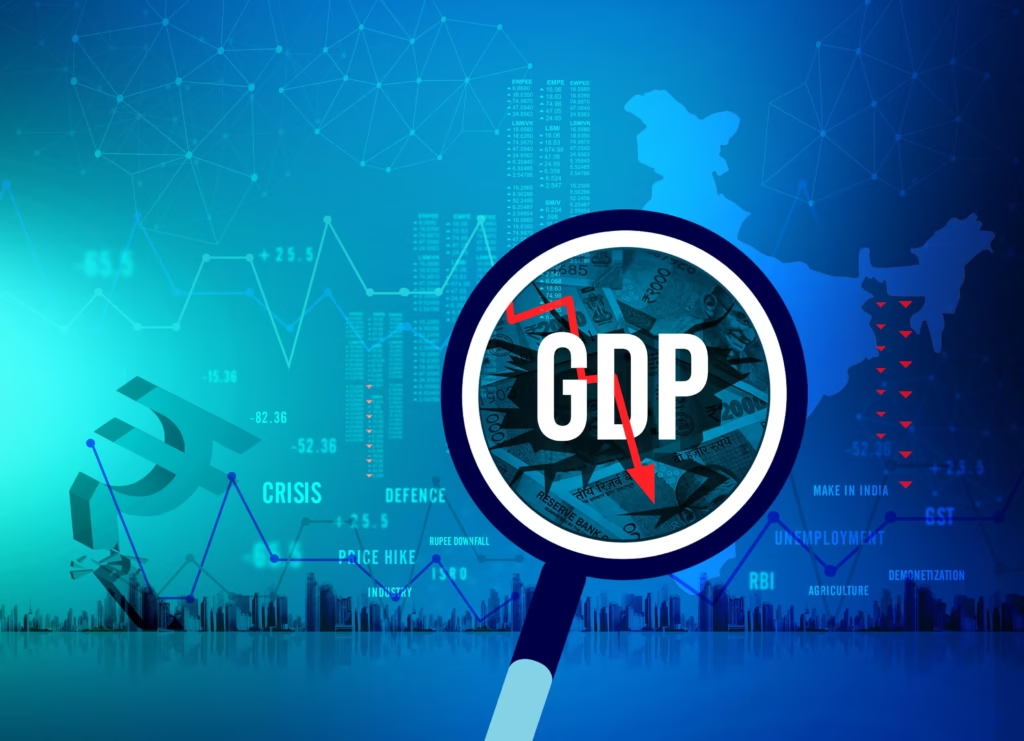
India’s GDP Growth May Miss Government Estimate as IIP Data Raises Concerns
India’s economic growth projections for FY2024-25 are under scrutiny, with recent data suggesting that the country’s GDP may fall short of government estimates. The Index of Industrial Production (IIP) has shown signs of slowing industrial activity, fueling doubts about achieving the targeted growth rates.
Understanding the Government’s GDP Estimates
The National Statistical Office (NSO) had projected a GDP growth rate of 6.5% for FY2024-25. To meet this annual target, the economy would need to grow by 7.6% in the fourth quarter. However, recent forecasts by rating agencies like ICRA suggest that the actual growth may be lower. ICRA projects a Q4 growth of 6.9%, which would bring the full-year growth to 6.3%, below the NSO’s estimate .
The Role of IIP in Gauging Economic Health
The IIP measures the volume of production in various sectors, including manufacturing, mining, and electricity. It’s a key indicator of industrial activity and, by extension, economic health. In Q4 FY2024-25, the IIP growth slowed to 3.6%, marking the second-lowest growth in eight quarters. This deceleration raises concerns about the robustness of the industrial sector and its contribution to GDP .
External Factors Impacting Growth
Several external factors are also influencing India’s economic outlook. The imposition of 26% U.S. tariffs under President Donald Trump’s administration is expected to reduce India’s GDP growth by 20-40 basis points, potentially bringing it down to around 6.1% . Additionally, Moody’s has revised India’s GDP growth forecast for 2025 downward to 6.3%, citing global policy uncertainty and increasing trade restrictions .
Conclusion
While India remains one of the fastest-growing major economies, recent data suggests that achieving the government’s GDP growth estimates may be challenging. Slowing industrial activity, as evidenced by the IIP, combined with external trade uncertainties, are significant factors contributing to this outlook. Continuous monitoring and adaptive economic policies will be crucial in navigating these challenges and sustaining growth.















Leave a comment